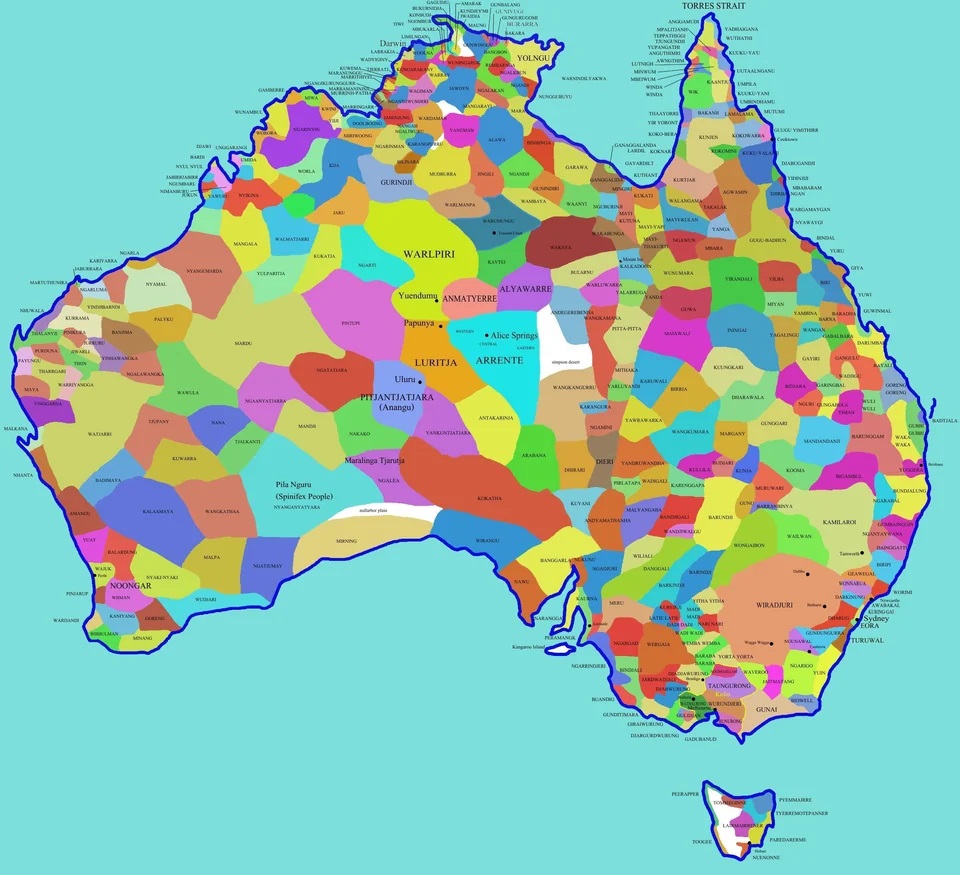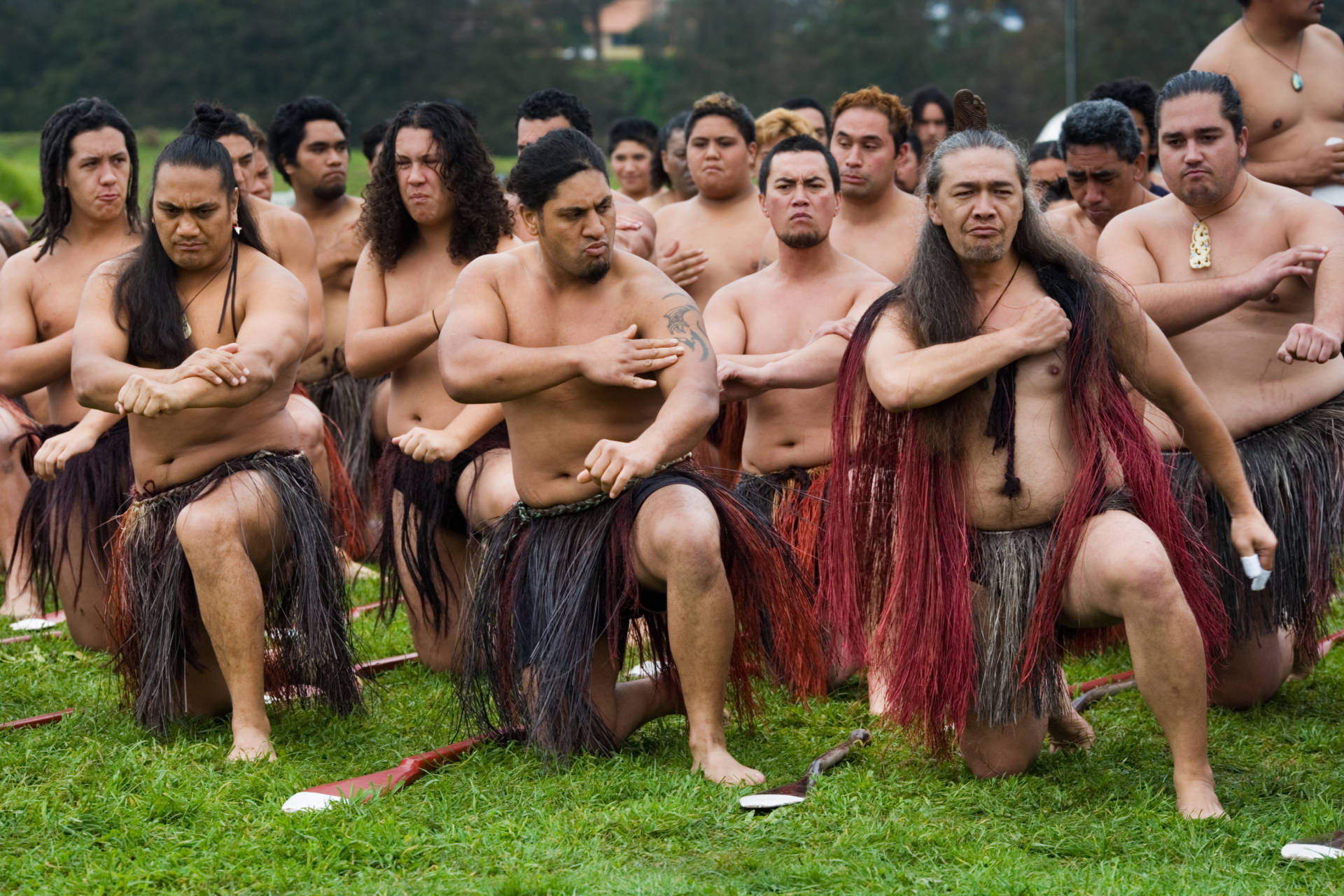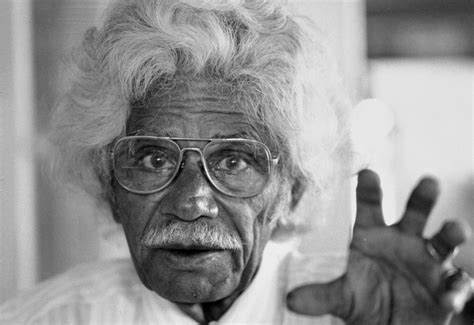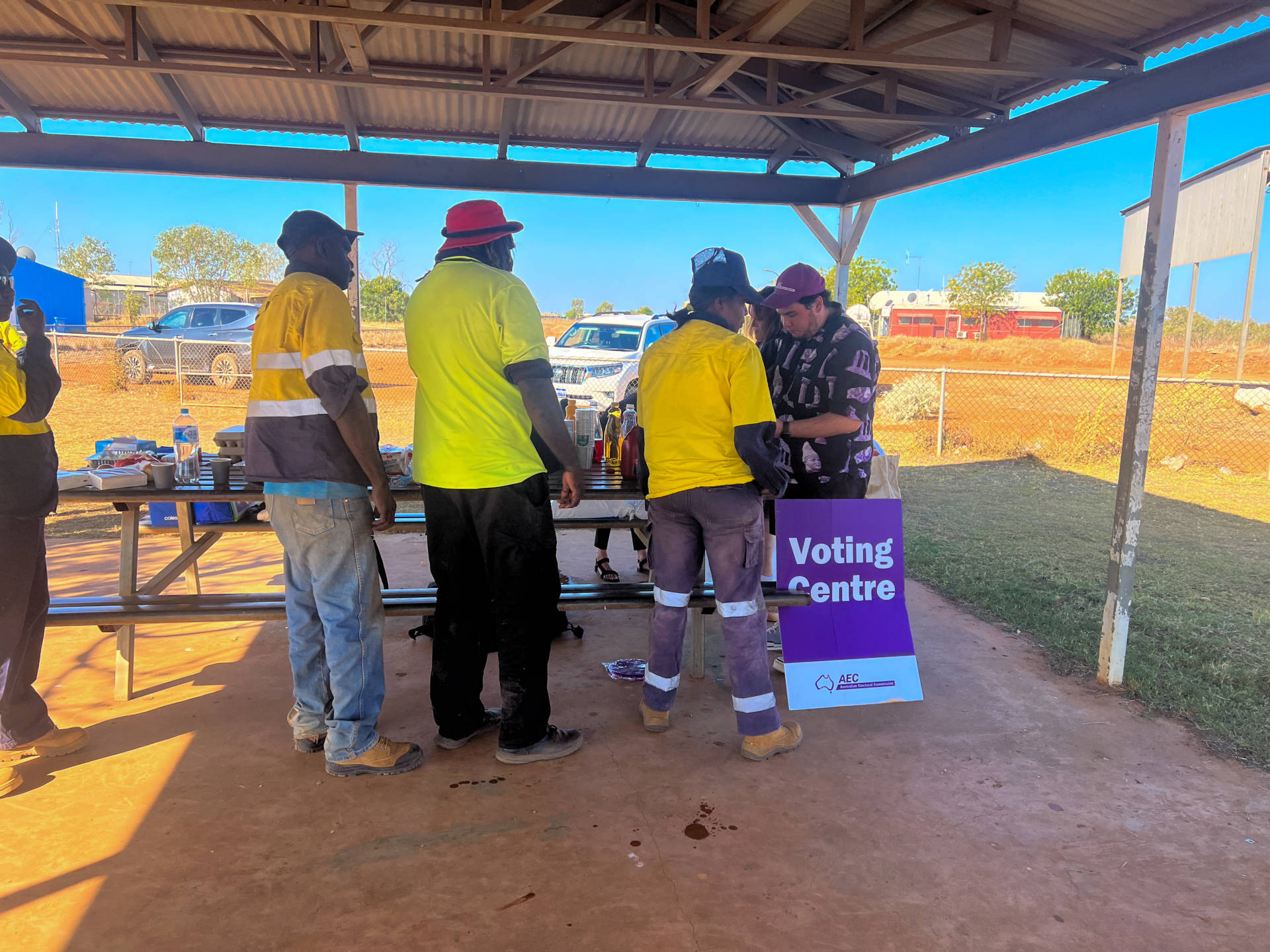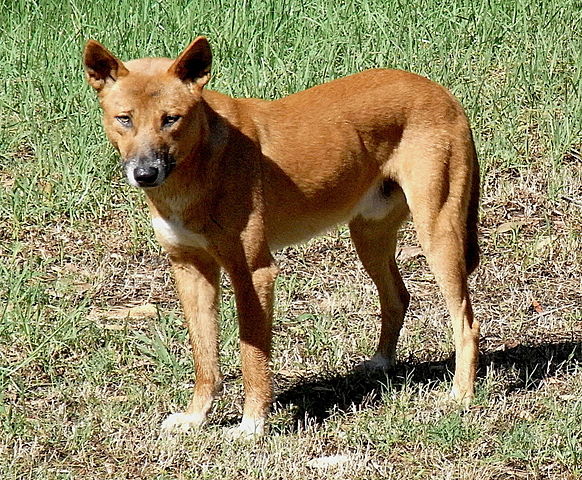This week is the first ever New South Wales Aboriginal Languages Week.
It aims to raise awareness about Aboriginal Languages and increase support for revitalisation programs.
Current estimates believe that Australia was home to more than 400 traditional languages but now less than 15 are frequently used.
Ngarigu woman Professor Jakelin Troy is the Director of Aboriginal and Torres Strait Islander Research at the University of Sydney.
She says ideally Aboriginal and Torres Strait Islander languages will be celebrated everyday.
“Everyday every Australians should think of something to say in an Australian language.
To have a particular week where we make this focus I think that’s good its a week of celebration.
I’ve seen so many events popping up all over social media, all this on country is just wonderful and they are bringing the wider community.”
Post the referendum, which is a time where we need to heal, there’s this moment where we’re saying ‘we’re still speaking our languages, we will keep speaking our languages.”
The process of revitalising a language can be complicated, in some instances it involves referring to journals dating back to the 18th century and recordings from the early 20th century.
Professor Troy says modern communities also play an important role in preserving languages by documenting and analysing how they work.
“We need community based materials , it’s this combination of doing things in a community friendly way, working with communities to create materials to help communities to understand how their languages work and how to keep speaking it.”
This week also saw the Queensland state government announced it would be giving $238,000 to 25 organisations to boost language revitalisation programs.
The Professor has welcomed the funding injection, and has called for other states and territories to do the same.
“We have a hugely rich heritage of languages in Australia, it’s like opening a treasure box whenever you uncover an Australian language.
There’s all this knowledge about us that is in our languages.”

